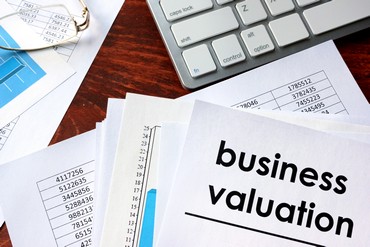Income-Based Valuations

Income-Based Business Valuations rely on various measures of net income/cash flows to compute the value of the business. The approach selected depends on the nature of the business being valued.
Capitalization of Earnings/Cash Flows
The capitalization of excess earnings, or IRS formula method, separately values the tangible and intangible assets of the business entity. Tangible assets are comprised of the fair market value of the company's net assets. Intangible asset are calculated by capitalizing excess earnings. Excess earnings represent historical adjusted earnings reduced by a median industry return on equity. The remainder is then termed "excess earnings". Because excess earnings can be transitory, the excess earnings base is capitalized into perpetuity using a rate of return that reflects the risk of the company's earnings remaining above the average.
Discounted Future Cash Flows
The discounted future cash flows method determines the total fair market of the business entity by a pro forma analysis of projected future cash flows and discounts those cash flows back to the date of valuation. Then, either the future cash flows (Income Residual) or the book value (Net Asset Residual) remaining at the end of the projection period is reduced to a present vaue (a terminal value assumption) and added to the discounted future cash flows to compute a total fair market value. The theory behind the discounted future cash flows method is that an entity is worth the present value of its expected future income streams.

